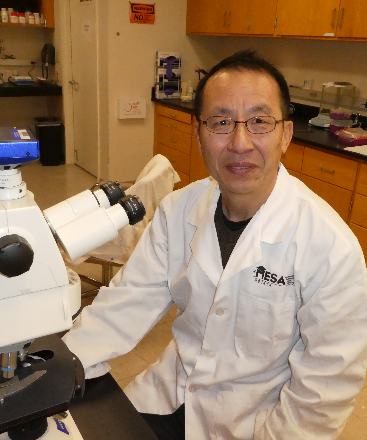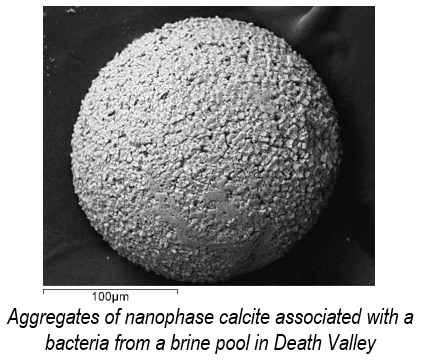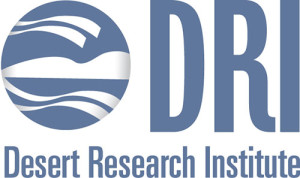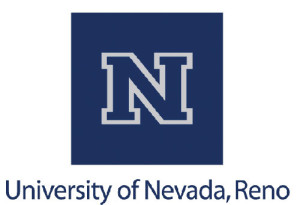
Nevada NASA EPSCoR Highlight
Life in Salts: a Multidisciplinary Investigation of Microorganisms and Biosignatures in the Death Valley Salt Pan
Science PI: Henry Sun (Desert Research Institute), Co-PIs: Brian Hedlund (University of Nevada, Las Vegas), Simon Poulson (University of Nevada, Reno), NASA Collaborators: Chris McKay (ARC); Alfonso Devila (ARC); Aaron Noel (JPL) and Eugene Serabyn (JPL)
Biominerals are a target in the search for life on Mars. Much like dinosaur bones, biominerals may be preserved in the rock record long after the organisms themselves are dead and have decomposed. The last surface waters on Mars, prior to total desertification, would have been saturated with salt. From an astrobiology perspective, there are two significant questions: 1) could bacteria survive in brine pools, and 2) could their growth affect mineral formations that otherwise wouldn’t occur? Studies of bacteria isolated from a brine pool in Death Valley indicate that the answer to both questions is yes. When halophilic bacteria are provided with amino acids, they affected not one, not two, but three different minerals. The first is an aggregate of nanophase calcite, stabilized by amino acid chelates. The second mineral is struvite or guano stone, resulting from phosphate from decomposing cells. The third mineral is crystallized exoskeleton of bacteria or cell wall peptides. Ongoing work will determine if current life detection technologies can detect these microbial equivalents of dinosaur bones if they were to occur on Mars.
This project has enabled the participation of this PI in the European Space Agency 2020 mission to Mars to study planetary habitability to salt-loving microbes using the instrument HABIT (HabitAbility, Brine, Irradiation, and Temperature).
NASA Content and Resources Used:
This research was funded by a NASA EPSCoR Cooperative Agreement Notice award # 80NSSC18M0027.
Return on Investment (ROI) To Date
New Funding: $662,186 (2 grants)
Presentations: 8
Students trained: 9




